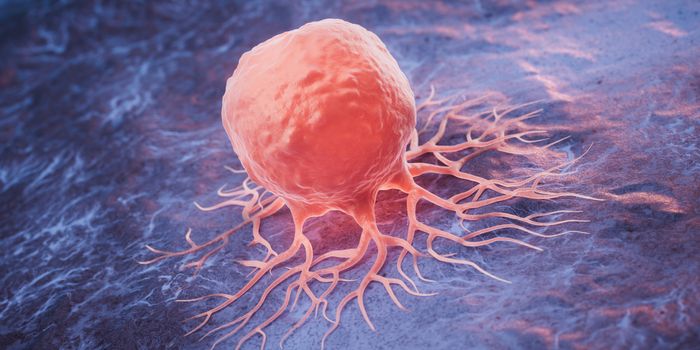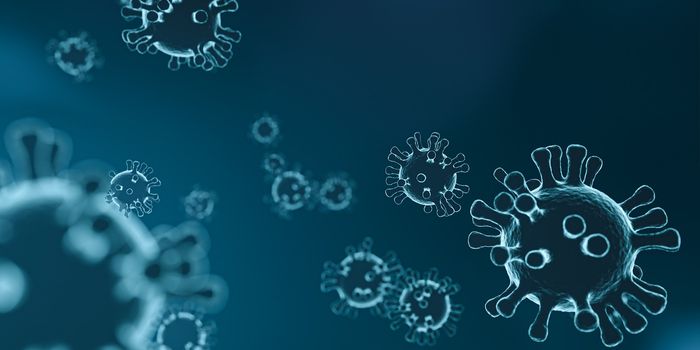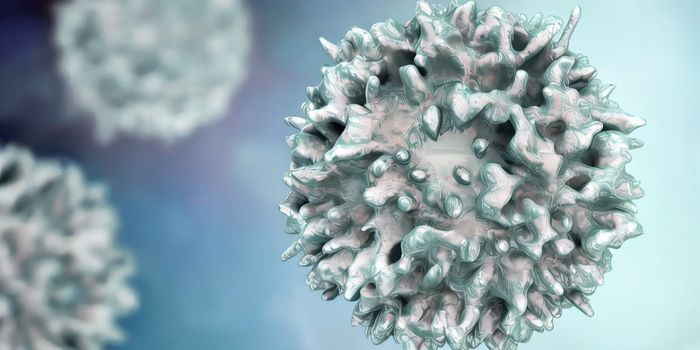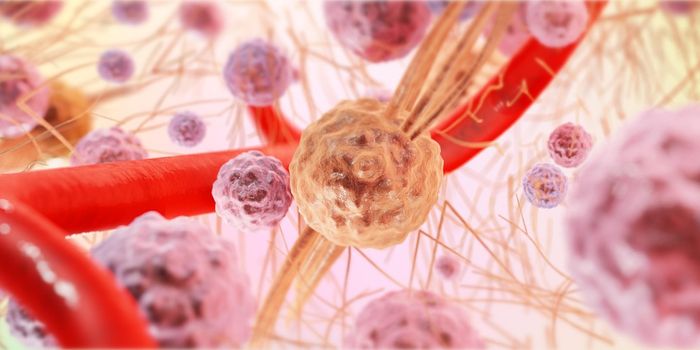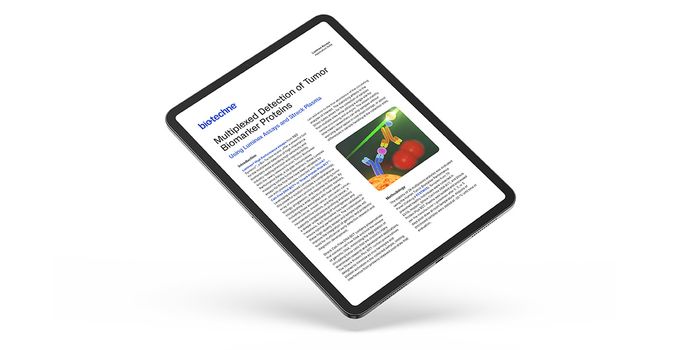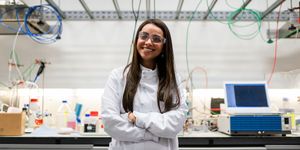Can bone marrow recover post-chemotherapy?
New research stemming from Osaka University reports identifying the mechanism by which hematopoietic stem and progenitor cells (HSPCs) recover in bone marrow post-chemotherapy. The work, published in the Journal of Experimental Medicine, is the first to describe the process.
"The bone marrow is a very active organ because it has to constantly produce new blood cells," says the corresponding author of the study Masaru Ishii. "Once it loses its function, such as during chemotherapy, deadly conditions such as anemia, neutropenia and bleeding can occur. In this study, we wanted to understand how hematopoietic stem cells residing in the bone marrow regenerate upon chemotherapy-induced injury to recover their full function."
HSPCs in the bone marrow play an important role in producing different kinds of blood cells, including oxygen-carrying red blood cells, immune white blood cells, and platelets. As stem cells, HSPCs are dividing all the time to make more cells, which is good for our blood but also leaves them vulnerable to injury. When HSPCs are exposed to chemotherapy, they are particularly sensitive. But, as this research demonstrates, they are able to make a comeback.
The research team looked specifically at the regeneration capabilities of group 2 innate lymphoid cells (ILC2s), a class of HSPCs that is involved in tissue repair and immunological functions. Using mice models, the researchers administered a toxic chemotherapy drug called 5-fluorouracil (5-FU) to the animals and then conducted a transplant of healthy HSPCs. They found that under these conditions, the microenvironment of the HSPCs exposed to 5-FU produced granulocyte-macrophage colony-stimulating factor (GM-CSF), which caused the healthy HSPCs to proliferate.
Additionally, the team showed that several molecular mechanisms are at play in the process of regeneration. They point toward how the antecedents of antibody-producing B cells in the bone marrow produce interleukin (IL)-33 after injury, which triggers the activation of ILC2s.
"These are striking results that show the bone marrow regenerates after chemotherapy," says the first author of the study Takao Sudo. "Our results may contribute to the development of a novel therapeutic approach for chemotherapy-induced myelosuppression."
Sources: Journal of Experimental Medicine, Eureka Alert


